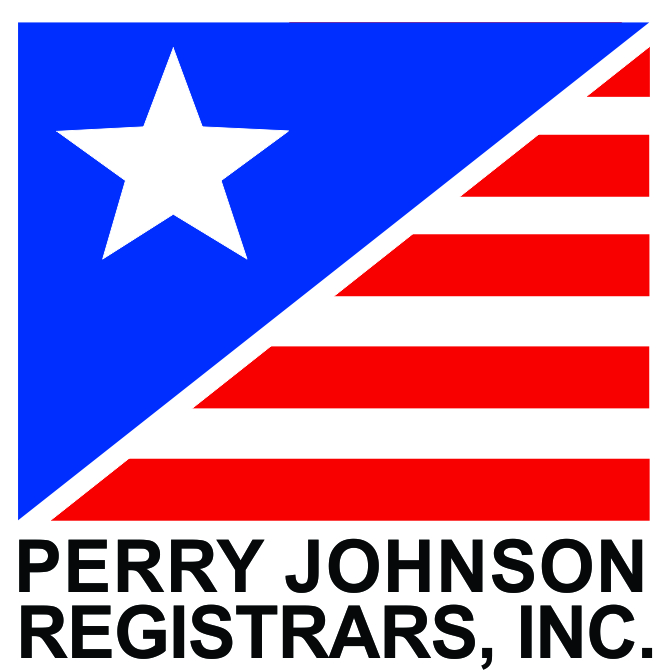Background
IJ Research uses thermal evaporation and sputtering systems for the thin film coating. Evaporation is primarily used for anti-reflection (AR) coating. Sputtering is typically used for metallization such as Al, Ag, Ni or Cu on glass, ceramic or polymer. Our system can be used for metallization of certain polymers.
Typical sputtered coatings we apply over substrates are metallic, dielectric, resistive and occasionally polymeric. A thin film can be applied over almost any material as long as the substrate is vacuum compatible, i.e. vacuum chamber friendly with no outgassing and can withstand approximately 400C in hot plasma chamber. Since most of the thin film coating has a requirement of certain film adhesion strength, IJ Research chooses an appropriate adhesion layer material which determines the coating chamber to be used. Between RF and DC Magnetron sputtering, DC achieves higher adhesion. DC sputtering also typically has higher deposition rates. If RF needs to be used for any reason, we can enhance the adhesion strength through a secondary processing step after sputtering
Cleanroom
One of the important steps for a good thin film coating is a clean surface. In fact, the cleanliness of the substrate is a good barometer for the coating quality. IJ Research performs all thin film operation in an ISO Class 3 cleanroom (More often than not we meet ISO Class 2). A laser beam particle counter regularly checks out dust sizes and populations. Maintaining a high level cleanroom is part of who we are in terms of cleanliness, discipline and organization.
Typical Thin Film Processes
Sapphire Windows
IJ Research metallizes edge of a sapphire window and then applies an A/R coating on one or both sides. Then, this window will be brazed in a metal housing of flange.
Ceramic Metallization
We routinely use Cr/Ni/Au, Ti-W/Ni/Au, Ti/Pt/Au and many others per customer request. We also coat with ceramic oxides. Of course, we sputter on oxides, nitrides and borides along with many others.

 Please click for a PDF copy of the brochures,
Please click for a PDF copy of the brochures,